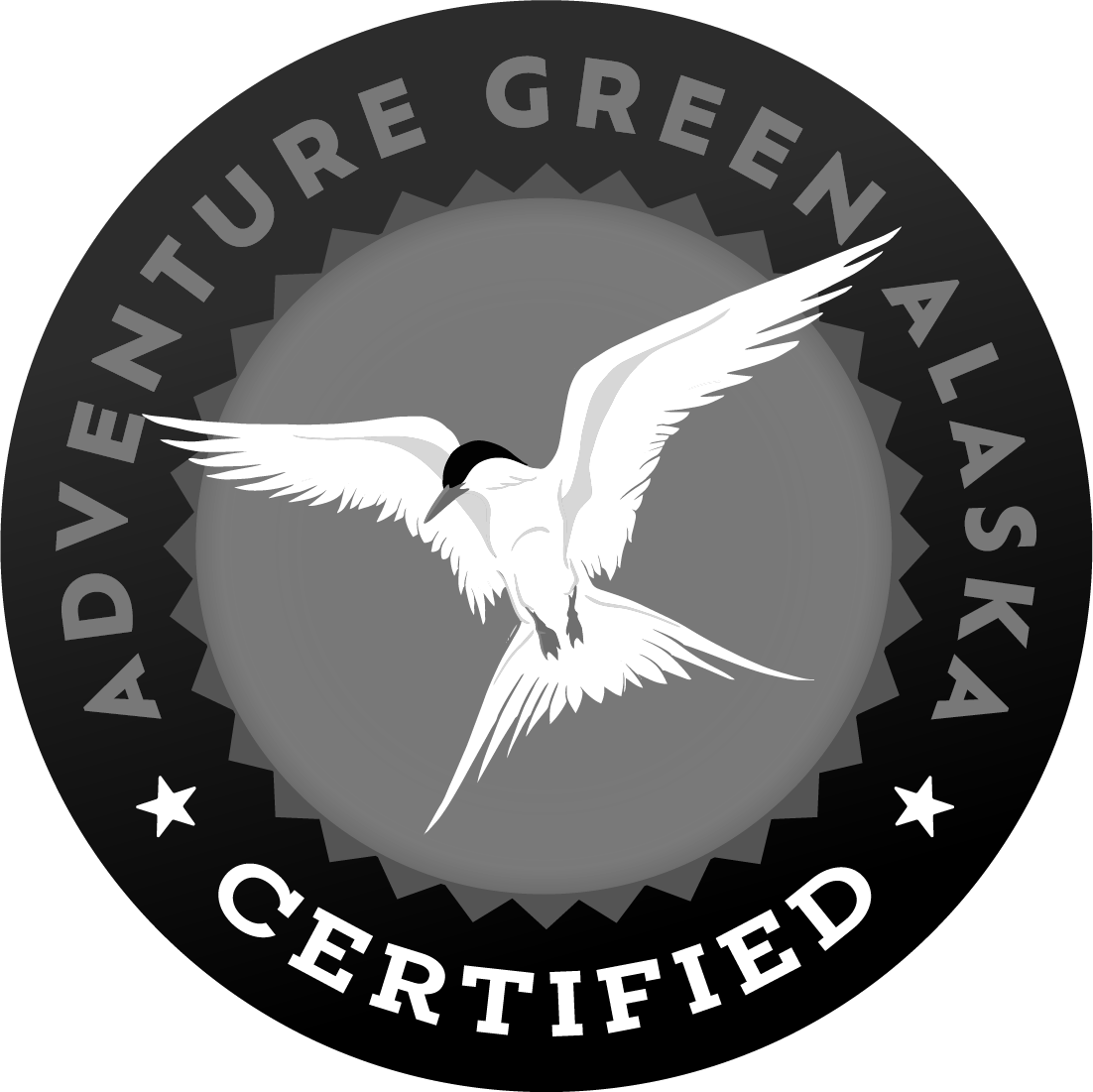
What is the temperature right now where you live? Above average? Below?
We have not yet had a compilation of January’s average temps and how they compare to past years, but we already know a lot about how this unusual month has gone here in Denali…..
In early January warm southern winds (typically called “Chinooks”) swept north and into central and interior Alaska. This in of itself is not too unusual….we often have one or two Chinook winds a winter that bring the temperature precipitously close to 32°F. But this time the temperatures rocketed skywards, and stayed above freezing…for nearly the rest of the month.
On January 26th Denali National Park broke an all-time January high of 52°F. Records dated back the past 92 years. In comparison, this is typically the average temp for mid-May here in Denali. The average high for that date is a full 40 degrees colder.
Our beautiful fluffy snowpack has been reduced to ice and rock solid, gravel-like snow. Walking becomes perilous and skiing is out of the question. For us local humans, this is terrible indeed. But for the animals of the park, it can prove even more challenging.
In the winter months moose, caribou and other large mammals move around the snow selecting the best forage (in the case of moose, it is the tall willow shrubs they browse, and for the caribou it is the lichen buried beneath the snow). Animals will have a hard time getting their food through this hard packed snow and ice, and they face the hazard of leg injuries from punching down into the icy drifts.
For the subnivian creatures among us (meaning the animals that live buried beneath the snow, like voles, a mouse-like creature with fully ears and a short, furry tail) the dilemma is compounded. They are no longer sheltered from the elements by the soft and insulating snow. Contrary to intuition, snow can be a very insulating substance that traps heat…think of igloos. It might be -30°F air temperature, but under the snow it would be a “toasty” -3°F. Our office here at Denali’s Park Entrance area has received visits from a few rodents as of late….my coworkers Martha, Teresa, and I have trapped 5 voles in the past two days. With very few other options, the voles are making their way into spaces they normally avoid. How will this affect their numbers? How will that affect the nestlings owls and hawks that rely on them come spring?
Today the temperature is back to a normal 0°F, but the effects from our little heat wave linger. The tundra snow largely melted out, and the packed trails from mushers and skiers all that remain. With an average of only 1.25” (yes, that is inches) of precipitation for February and March, it might be a very long wait for us to get our snow back. Meanwhile, most of the rest of country remains in a relative deep freeze…making us wonder, when will we be trading back to normal again??





